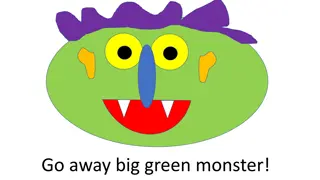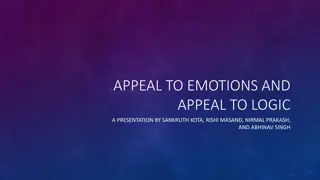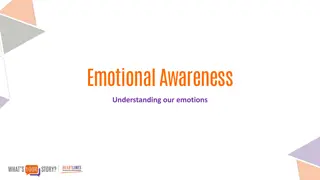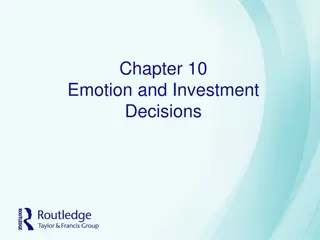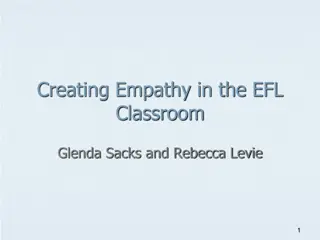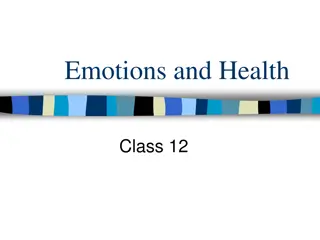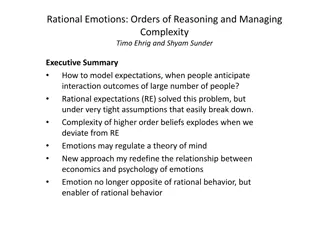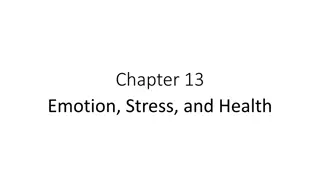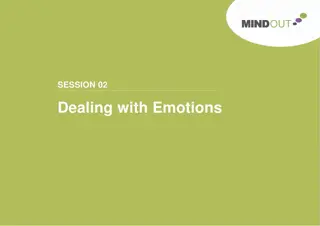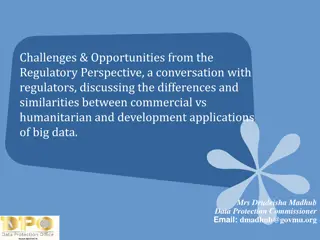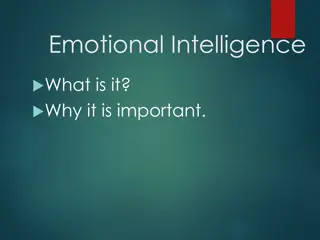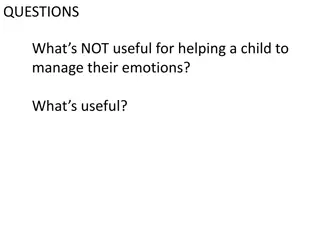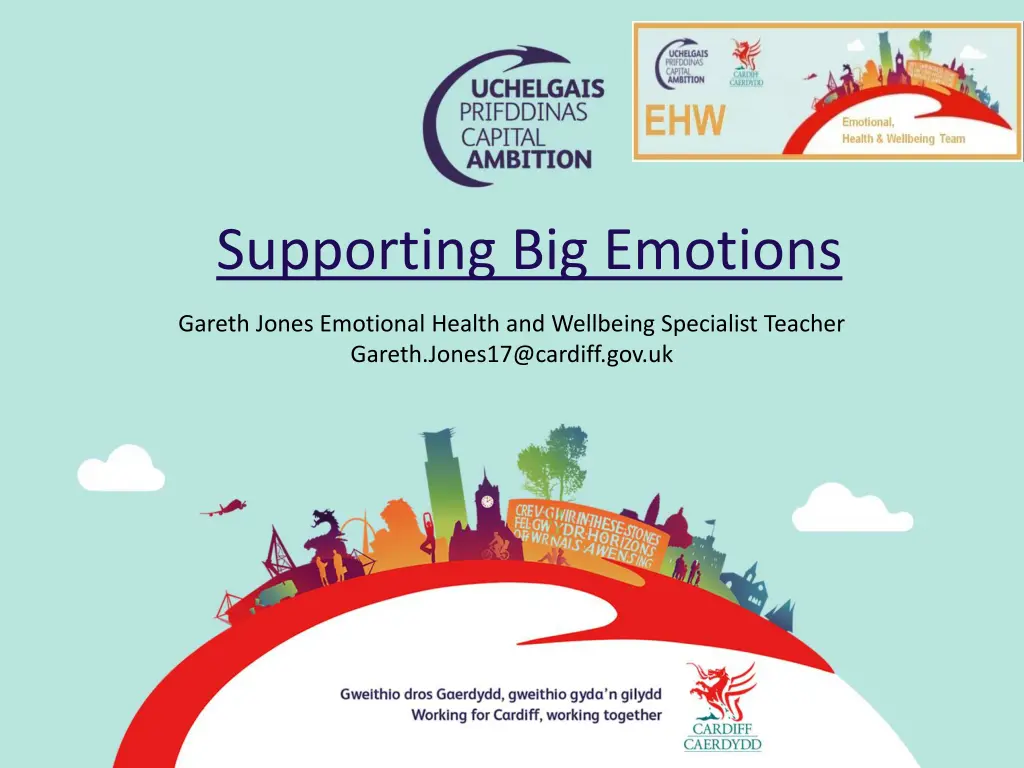
Understanding and Managing Big Emotions for Emotional Wellbeing
Explore the effects of big emotions on the body and mind, along with the Firework Model for emotional regulation. Learn positive language and phrases to help convey attunement and support self-regulation skills for emotional health and wellbeing.
Download Presentation

Please find below an Image/Link to download the presentation.
The content on the website is provided AS IS for your information and personal use only. It may not be sold, licensed, or shared on other websites without obtaining consent from the author. If you encounter any issues during the download, it is possible that the publisher has removed the file from their server.
You are allowed to download the files provided on this website for personal or commercial use, subject to the condition that they are used lawfully. All files are the property of their respective owners.
The content on the website is provided AS IS for your information and personal use only. It may not be sold, licensed, or shared on other websites without obtaining consent from the author.
E N D
Presentation Transcript
Supporting Big Emotions Gareth Jones Emotional Health and Wellbeing Specialist Teacher Gareth.Jones17@cardiff.gov.uk
Slide 1.9
Supporting Big Emotions Effects on the body Effects on the mind a churning feeling in your stomach tightness in your chest an increased and rapid heartbeat legs go weak tense muscles you feel hot you have an urge to go to the toilet sweating, especially your palms a pounding head shaking or trembling dizziness feeling tense, nervous or unable to relax feeling guilty feeling resentful towards other people or situations you are easily irritated 'red mist' comes down on you feeling humiliated Feeling irritable
The Firework Model
W I wonder I wonder if you are feeling angry because I I imagine I imagine that you are finding x really difficult N I notice I notice that you clench your fists when x
I wonder. I imagine . I notice I can see you re finding this difficult right now. It s ok to feel like this. That was really hard for you. Let s see . Shall we do it together, you and I? Tell me if I m wrong. It s really hard for you isn t it? What I know about you is .you like/don t like Wow, I don t even know what to say right now that must be so hard for you. That s huge for you, isn t it? I imagine you are feeling so sad. That s such a big thing for you. I m going to check in with you. Wow, I can see that s really big for you. I m just wondering, if you feel like that again what can we do for you? I can see you are dealing with big feelings. I can see you are not ready right now. Positive language and phrases that help convey attunement I am keeping you safe. Kind words please. No thank you Well done you are using your words We know you are there; we haven t forgotten you. I like how you . I can see you are ., I wonder if it is because .. You could do it with . or .. You could do it now or in . minutes. You can do . or ., your choice. You can trust the adult to sort this out.
Self regulation Self regulation skills include: The ability to understand and manage emotions Understanding your own stress response - and then managing your behaviour in a positive way Learning how to control impulses Being able to not over-react when upset or excited The ability to calm down after an incident Co regulation You and the child participate together in calming activities, and your child absorbs some of your calmness. This might include reading a book before bedtime, taking deep breaths together when upset, or sharing a deep squeeze hug. These activities also develop bonding and trust. Some pupils have not experienced co-regulation with an adult and may struggle to a greater extent to regulate their emotions. They will likely need additional help from adults to co-regulate for longer. We would always advise for these regulating activities to be modelled by an adult alongside the pupils, until they have learnt the skills to self-regulate
A dysregulated child needs the support of a regulated adult. We have to act as their external regulatory system. A dysregulated adult cannot hope to help regulate a child.
De-escalation & de-fusing Ensure that your emotions are regulated Avoid making demands Use a neutral tone of voice Use neutral / non threatening body language Focus on safety and containment Validate their feelings Separate the child from the behaviours Consider personal space Get down the child s level Meet their basic needs Decrease distractions and stimulation Ignore targeted aggression Don t feel the need to fill the silence



